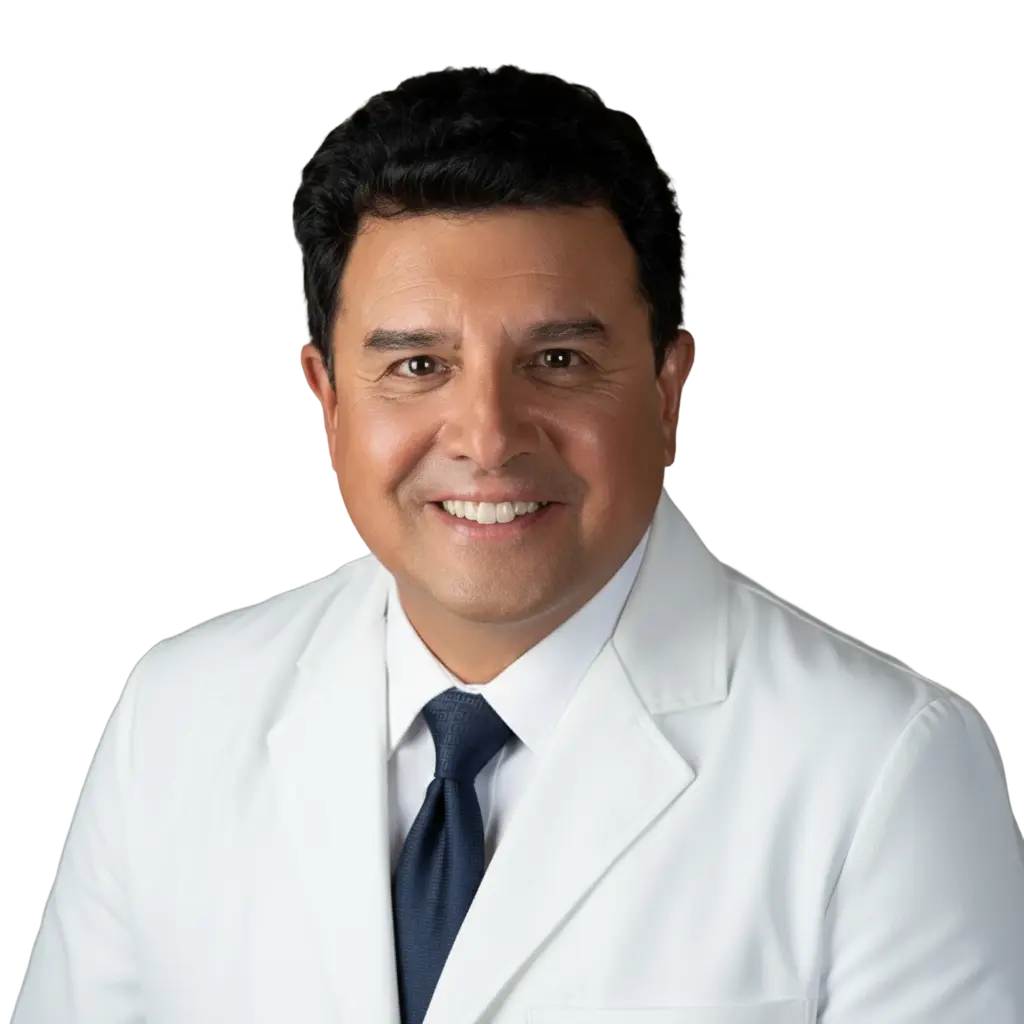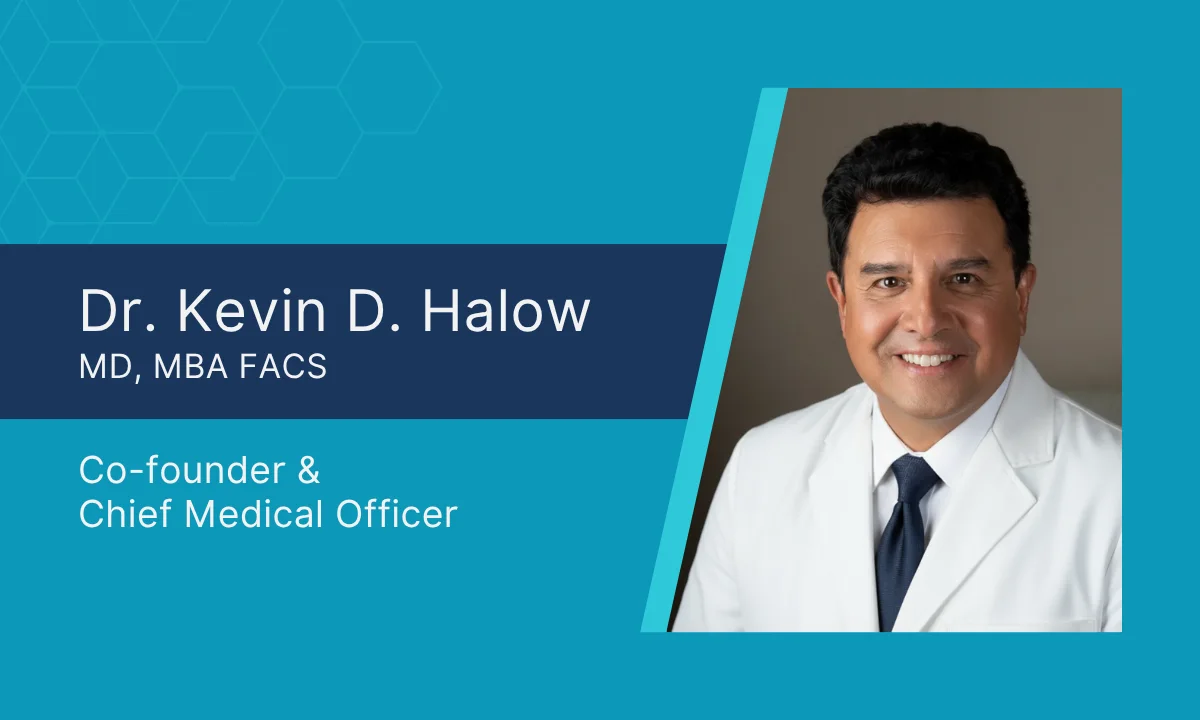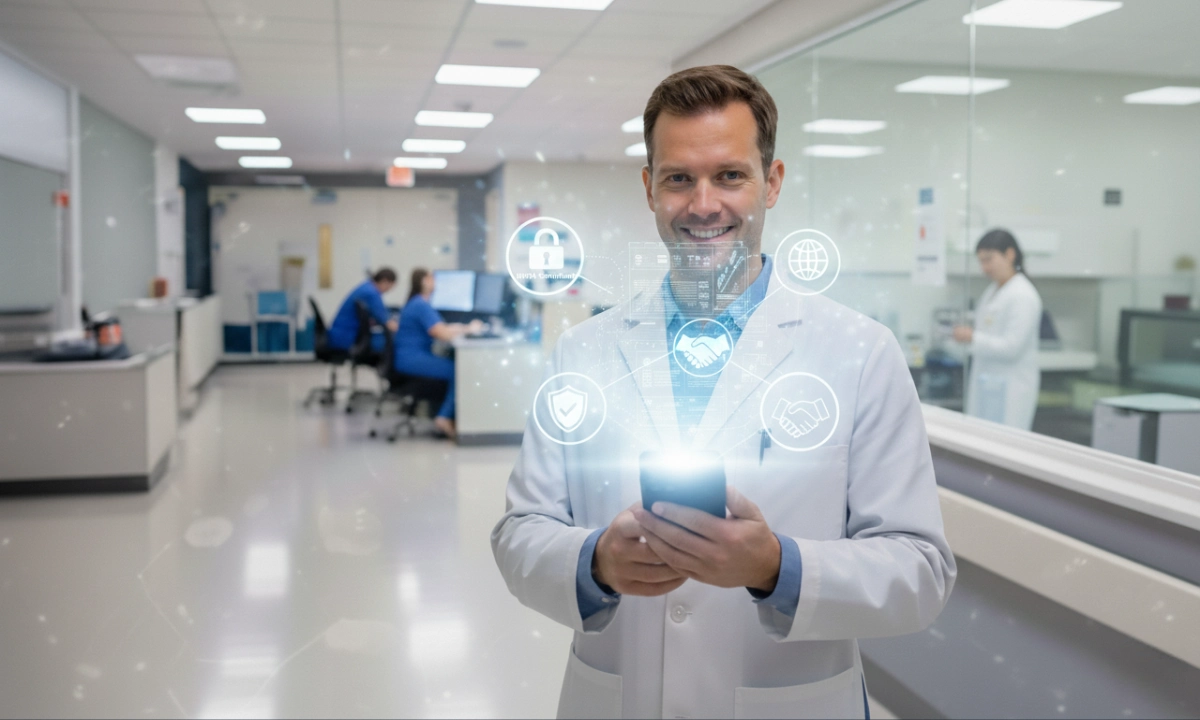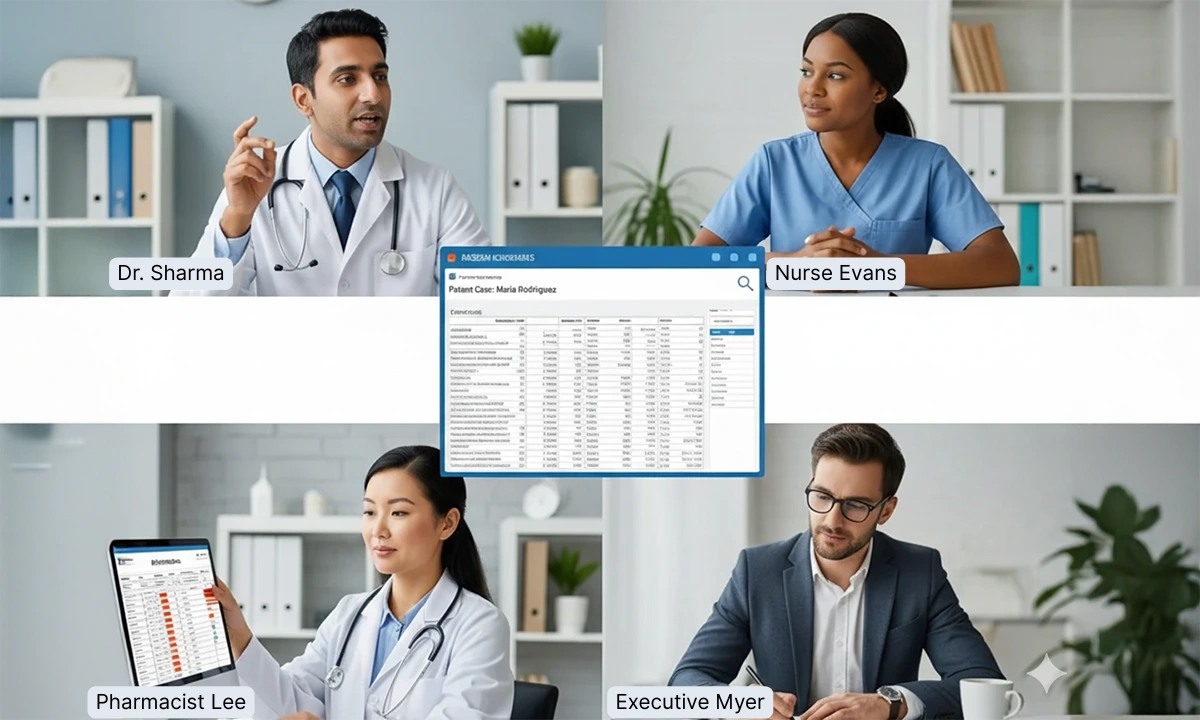Looking at the near future, a unified communication platform in healthcare will move from being a convenient add-on to becoming the central, intelligent nervous system of a clinician’s daily workflow.
From a clinician’s perspective on the job, this isn’t about new IT software; it’s about fundamentally changing how they experience their day, reducing friction and cognitive load. The chaotic juggling of pagers, legacy phones, and separate apps will be replaced by a single, context-aware hub, likely on a purpose-built clinical smartphone.
The Future of Care: A Clinician’s Daily Journey
Instead of carrying a pager, a hospital-issued phone, and a personal smartphone, a nurse or doctor will have one device. This single device connects to a secure, cloud-based unified communication system, serving as their brain and command center.
Here’s how it transforms their daily tasks:
1. The Morning Huddle & Patient Rounds are Smarter and Faster
Current Scenario: Clinicians scramble to gather information from the EHR, overnight nurse notes, and lab systems before rounds.
Near Future: The clinician’s UC hub automatically presents a pre-rounds briefing. An AI assistant will have already synthesized overnight events, flagged critical lab results, and summarized nursing notes for their specific patient load. During rounds, if a remote specialist needs to consult, they are conferenced in via a secure video call directly within the patient’s communication thread, with instant access to their chart. Task lists for the day (e.g., order a consult, follow up on imaging) are automatically generated from the conversation.
What is unified communications (UC)?
2. Responding to an Alert Becomes Context-Rich, Not Just Loud
Current Scenario: A generic, startling alarm or pager goes off. The clinician must stop, find a phone, call a number, and determine the patient’s name, room, and priority of the issue.
Near Future: AI-driven clinical precision IoT sensors flag clinical risks, such as elevated pressure ulcer risk or low IV fluid levels. Unified communication platforms powered by AI interpret and prioritize the data in real time, generating a silent, context-rich alert directly to the clinician’s smart device.
Each notification is more than just an alarm—it’s an intelligent command center:
- Patient Context: Name, photo, and room number delivered instantly.
- Clinical Detail: “Pressure Ulcer Risk: High” or “IV Saline Volume: 15%” in plain language.
- Smart Integration: A one-tap gateway to the patient’s EHR for instant data validation.
- Team Coordination: A secure, pre-populated message is dispatched to the resident and charge nurse, ensuring a coordinated and rapid response.
This is no longer a workflow—it’s a care choreography. Powered by AI, unified platforms not only connect clinicians but also anticipate their next move.
Physician burnout isn’t just a buzzword—it’s a very real phenomenon.
3. “Quiet” Collaboration Replaces Disruptive Interruptions
Current Scenario: A nurse requires clarification on a non-urgent medication order. They have to page the doctor, interrupting them regardless of what they are doing, leading to phone tag and delays.
Near Future: AI-enhanced asynchronous clarity for nurse consults on the unified communication platform. AI-driven presence detection, informed by the physician’s calendar, badge location, and device activity, shows they are “In Surgery.”
Rather than disrupt, the nurse sends a secure asynchronous message, AI-tagged as “non-urgent,” with the patient’s chart attached. The system intelligently:
- Flags the message contextually so the doctor sees it at the optimal time.
- Uses natural language processing to suggest clinical documentation links or protocols.
- Offers quick-reply suggestions based on the chart data and clinical intent.
The physician later responds without breaking surgical focus. AI preserves clinical flow, minimizes interruptions, and ensures purposeful communication.
4. Handoffs and Discharges are Seamless and Safer
Current Scenario: Shift changes and patient discharges rely on hurried verbal reports and scattered notes, creating a high risk of information loss.
Near Future: Intelligent, Secure Transitions in the Enterprise Unified Communication Platform Redefine Shift and Discharge Workflows. Here’s how AI steps in:
- Smart Handoff Assistant: Captures verbal sign-outs via voice recognition, then transcribes, summarizes, and maps key care details directly into the patient’s record.
- AI-Curated Discharge Packets: Automatically compile tailored instructions, medication schedules, and follow-up plans based on EHR data and discharge diagnosis.
- Care Continuity Tools: Includes secure video links for telehealth visits and sends the packet to family members, ensuring engagement and understanding.
Each workflow becomes an intelligent touchpoint, powered by predictive insights and contextual awareness.
AI-Powered Communication Is the Bottom Line for Efficient, Human-Centered Care
Shortly, unified communication platforms powered by AI will quietly eliminate tech clutter and streamline clinical workflows. Clinicians will interact with a single intelligent interface that reduces cognitive load and automates routine tasks, thereby freeing up time for direct patient care. AI enables proactive decision-making by surfacing predictive insights and delivering intelligent, context-rich alerts that reduce alarm fatigue. As the technology fades into the background, it empowers clinicians to practice at the top of their license with precision, clarity, and calm.
Clinical Communication & Collaboration (CC&C) Challenges in Healthcare Industry
Frequently Asked Questions
1. What is a unified communication platform in healthcare?
A unified communication platform in healthcare is a secure, integrated system, often on a clinical smartphone, that combines messaging, video calls, alerts, and EHR access into a single AI-powered hub for streamlined workflows.
2. How will AI enhance unified communication for clinicians?
AI will automate daily tasks, provide context-rich alerts, summarize patient data, suggest next steps, and optimize communication timing, helping reduce clinician workload and improve decision-making.
3. How can unified communication platforms reduce physician burnout?
By replacing multiple devices and fragmented apps with one intelligent interface, unified communication platforms cut interruptions, reduce cognitive load, and enable clinicians to focus more on patient care.
4. What role will AI play in patient handoffs and discharges?
AI-powered unified communication platforms will capture verbal sign-outs, generate tailored discharge instructions, integrate with the EHR, and share secure telehealth links for continuity of care.
5. Why is the future of healthcare communication moving toward a single device?
Consolidating all communication into one secure, AI-enabled clinical smartphone simplifies workflows, speeds up critical responses, and ensures seamless collaboration across care teams.
Experience the future of clinical communication. Join the waitlist now to access HCPN’s unified communication platform—built for real care, not more clutter.






